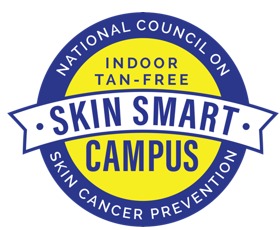Sun Safety Practices
Seek Shade
- When outdoors, seek shade under trees, umbrellas, or other structures to reduce direct exposure to sunlight.
- Especially important during peak sun hours, typically between 10 a.m. and 4 p.m.
Wear Sunscreen
- Apply broad-spectrum sunscreen with SPF 30 or higher to all exposed skin areas, including face, neck, arms, and legs.
- Reapply sunscreen every two hours, or more frequently if swimming or sweating.
- Choose water-resistant sunscreen for prolonged outdoor activities.
Wear Protective Clothing
- Cover up with lightweight, tightly woven clothing that protects the skin from UV rays.
- Wear a wide-brimmed hat to shade the face, neck, and ears.
- Wear sunglasses with UV protection to shield the eyes from harmful UV radiation.
Check the UV Index
- Monitor the UV index regularly, especially before planning outdoor activities.
- Limit outdoor exposure when the UV index is high (typically >3), as UV radiation levels are most intense during these times.
- Adjust sun protection measures accordingly based on the UV index forecast for the day.
The UV Index predicts the ultraviolet radiation levels on a 1-11+ scale, helping people determine appropriate sun-protective behaviors. Find your area’s UV index rating through the National Weather Service to determine the necessary precautions.








